Part II
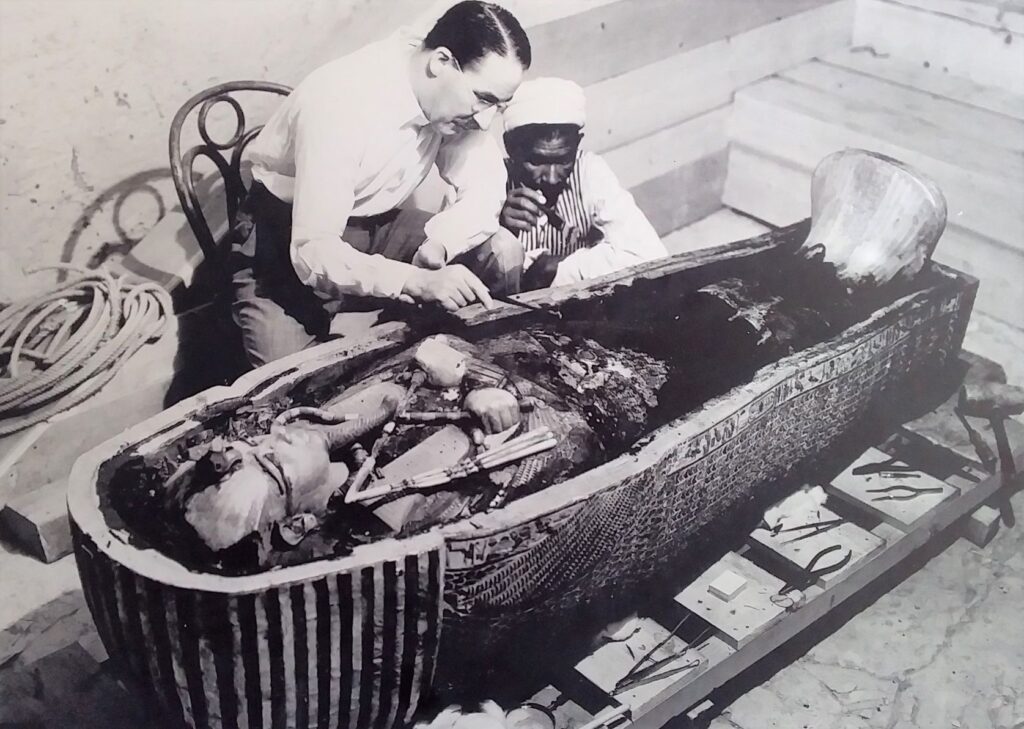
When most of the tombs in the Valley of the Kings were re-discovered, they had already been ransacked and plundered back in ancient times. To save the royal mummies from such disturbance, officials took them from their original resting places and reburied them elsewhere in caches. Not so the tomb of King Tutankhamun, which lay largely undisturbed for millennia.
British Archaeologist Howard Carter had been working in Egypt for 31 dry and dusty years, much of it exploring and recording the extraordinary ancient sites around Luxor. He spent the last five of these years searching for the as yet unaccounted-for tomb of the King Tutankhamun. In November 1922 Carter and his team of Egyptian workers began to excavate some steps he uncovered in the sand, and later that month, along with his benefactor Lord George Carnarvon, opened Tutankhamun’s tomb for the first time in nearly 3000 years.
Legend has is that when Carnarvon asked Carter if he could see anything through the small hole he had made into the antechamber in Tutankhamun’s tomb, the reply was ‘Yes, wonderful things…’ It seems a frightfully English thing to say at the precise moment that Carter became Archaeology’s biggest rock star. If I had been busting my arse in Egypt for decades and finally hit the jackpot I would have at least said ‘You fucking beauty!’ It must have been a huge relief for Carter, who had been spending Carnarvon’s coin for years but had, until that momentous day, failed to find the elusive prize.
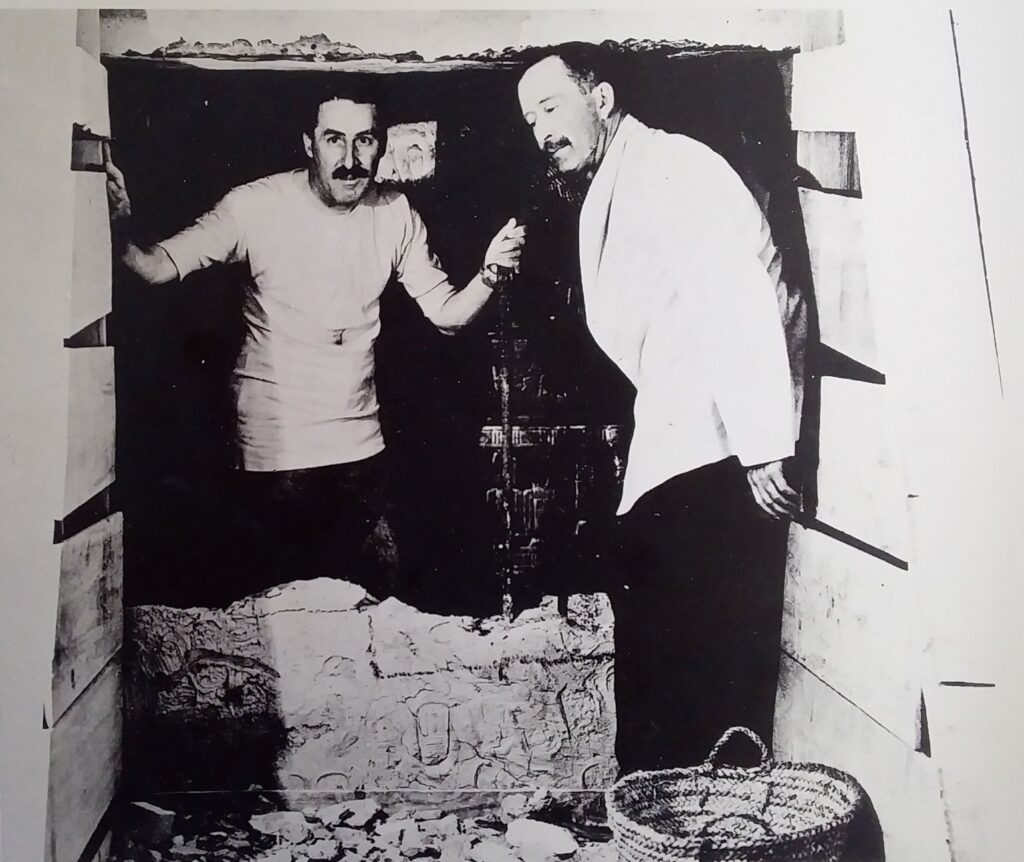
Whilst in Cairo I had seen some of the treasures that Carter had so politely referred to (see Tutankhamun: The Boy King), and they were, indeed, wonderful. When I reached the Valley for the Kings, I was looking forward to seeing the tomb where the most famous archaeological discovery of all time had occurred. Visiting The Boy King’s resting place requires an extra ticket on top of general entry to the area, and there was only a couple of other tourists there when I descended the stairs into the tomb.
When the British archaeologists first peeked into the antechanber at the bottom of the stairs, they saw a room piled high with goodies. It looked a bit like a teenagers bedroom, as robbers had broken in a couple of years after the burial, stolen some stuff (they thankfully had not been able to access the chambers were the priceless treasures lay), and generally messed the place up up. The officials had made some effort to restore a semblance of order, and then promptly resealed the tomb.

Some of the treasure found within the antechamber is now on display at the Museum of Cairo, including the life-size statues of the King seen on the far right of the panoramic photo above, and in the picture below.
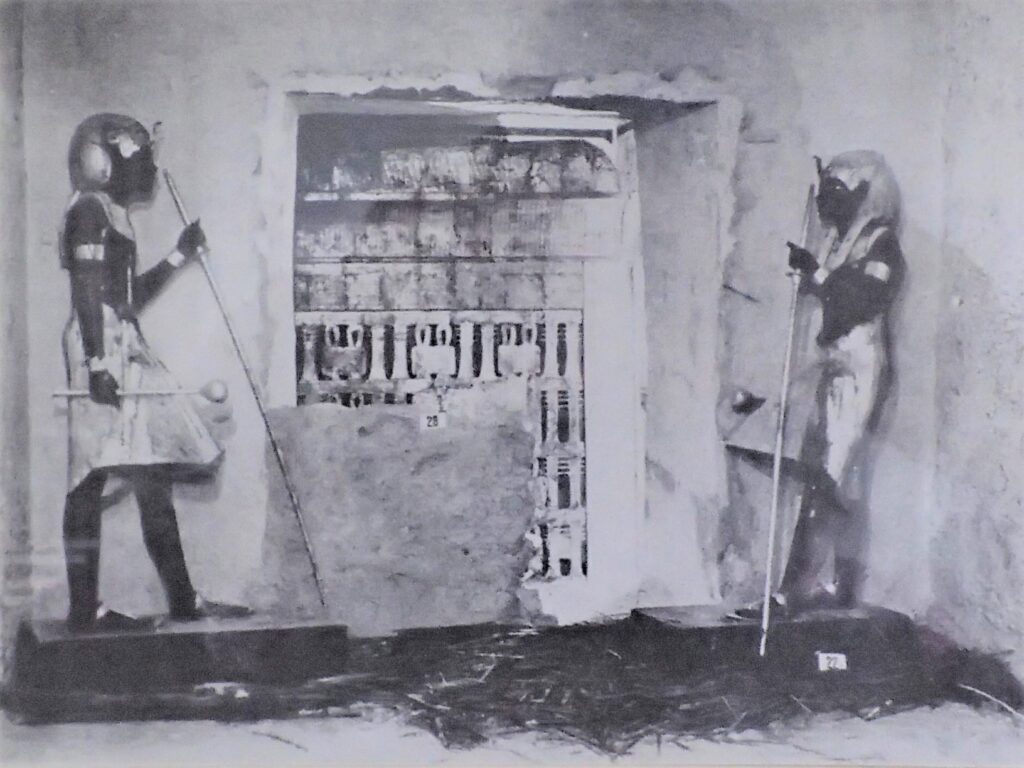
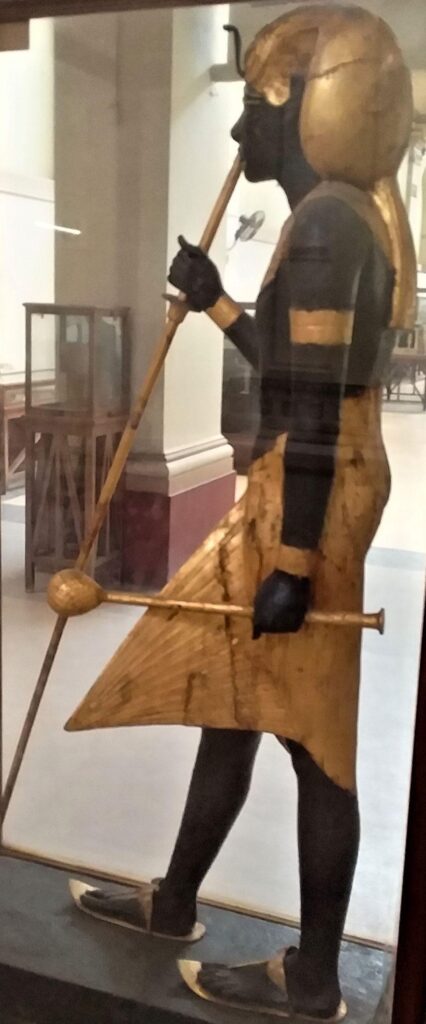
Today, the antechamber is empty, save for the mummified body of Tutankhamun. Unlike most of the monarchs buried in the Valley of the Kings, The Boy King still lies in his tomb.

Experts reckon that as the Tutankhamun died unexpectedly, he was buried in a relatively small tomb that was intended for someone else. This may also account for the fact that only the burial chamber was decorated, and with paintings rather than painted engravings.
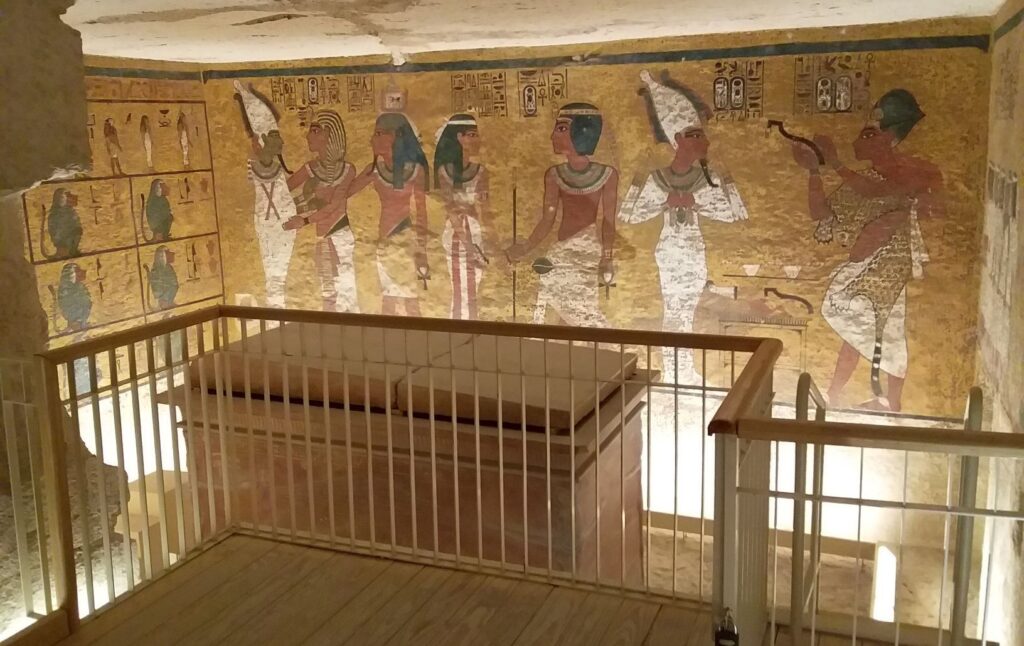
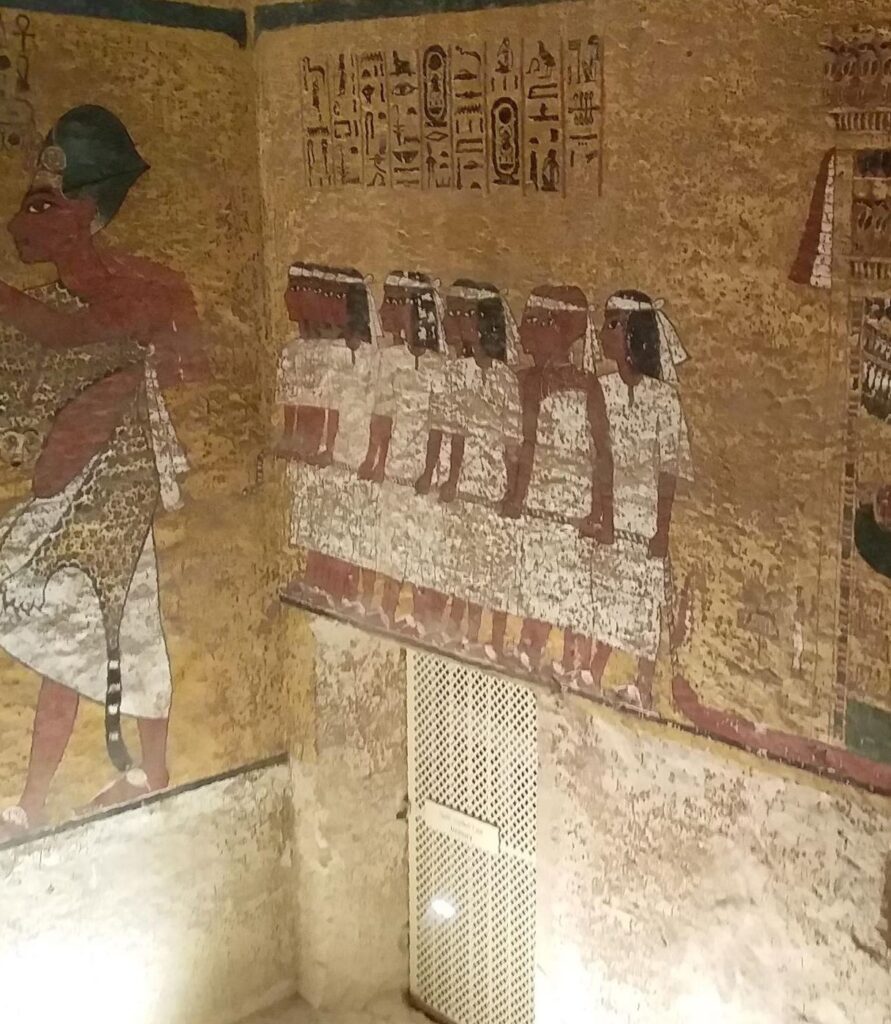
The Treasury is a small room attached to the burial chamber. A statue of Anubis, god of death and protector of graves, was found at the entrance, and is now held in Cairo.
Door to the Treasury
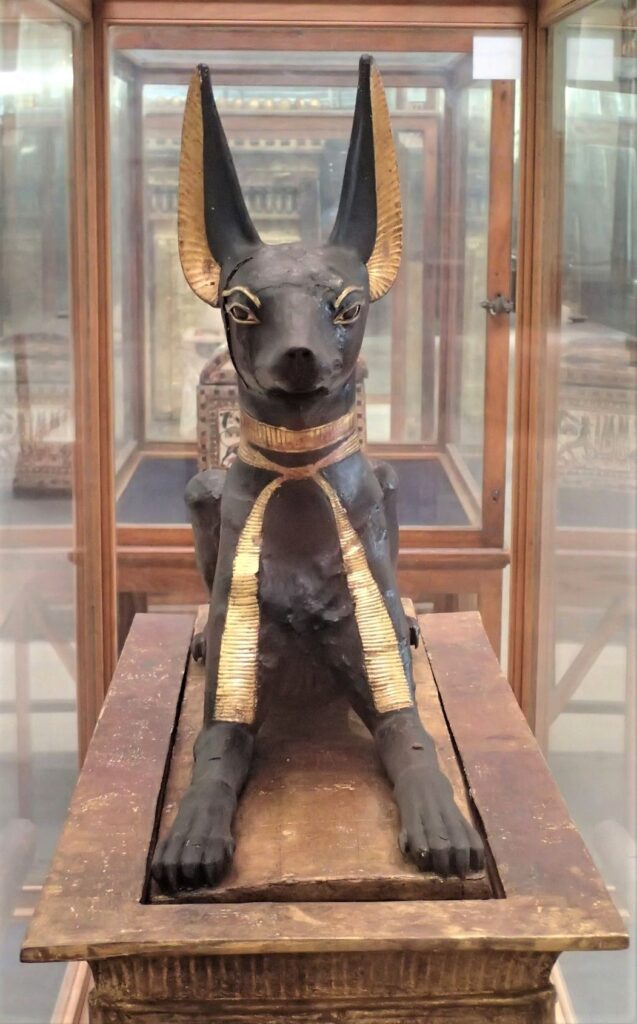
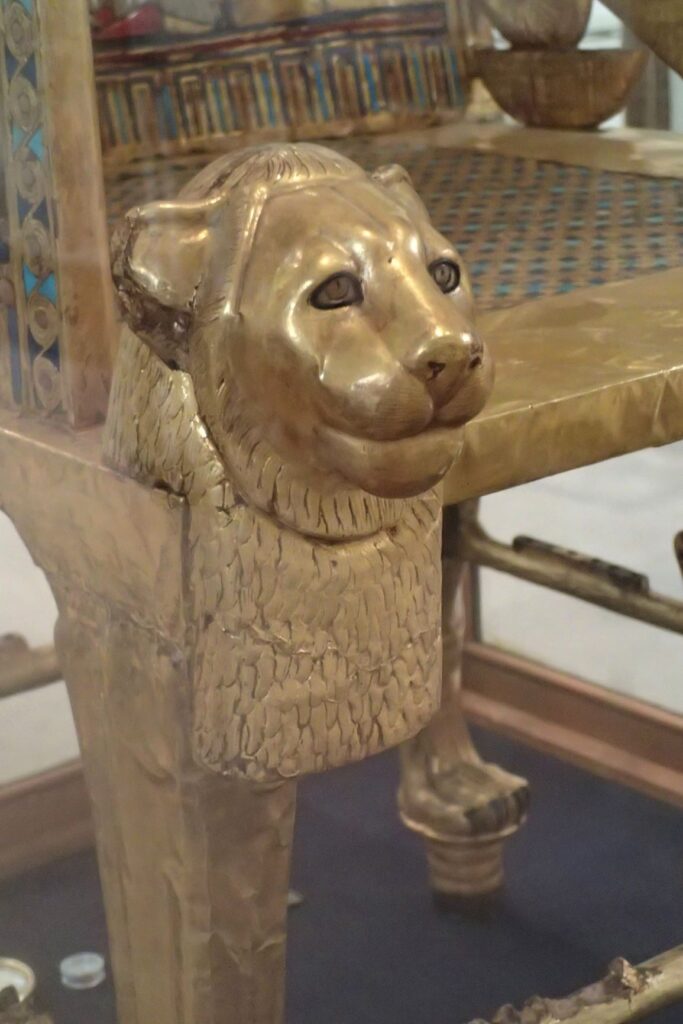
Another small room, dubbed the ‘Annexe’, branches off the Antechamber, and included Tutankhamun’s gilded throne amongst its booty. A lion’s head appears on each side of the throne, part of a number of protective symbols which appear on the piece. The backrest of the chair shows the young King taking it easy on his throne, feet up on a pouf, whilst his queen Ankhsenamun anoints him with perfume. Now that’s good living.
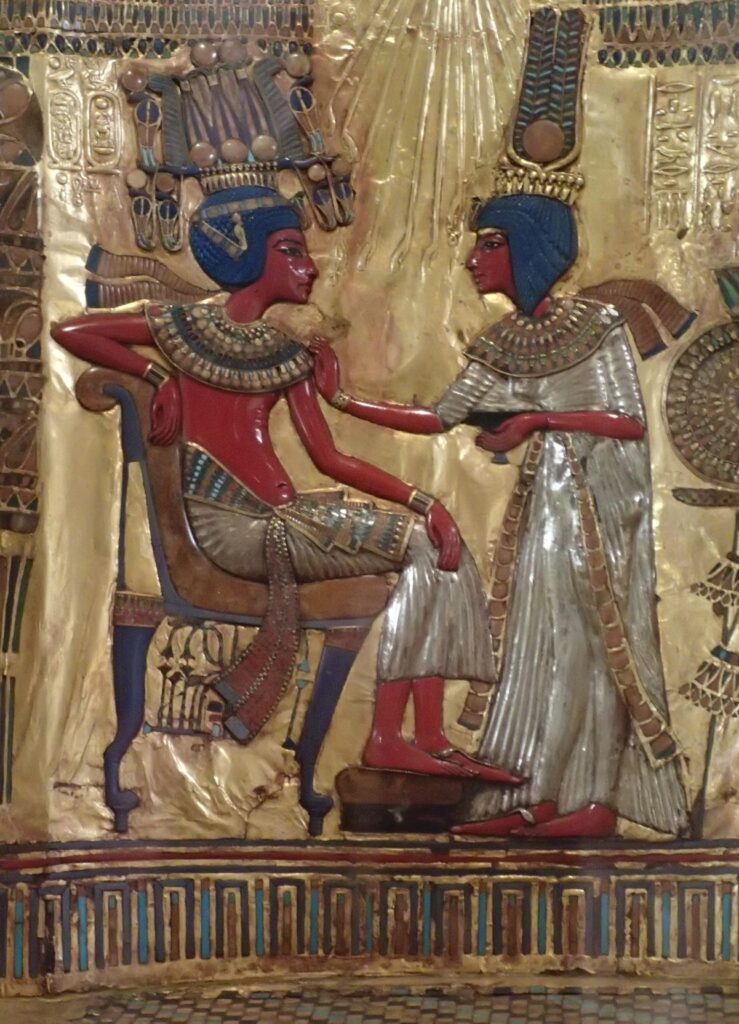
After seeing Tutankhamun’s treasure at the Cairo Museum, it was great to explore the tomb and see where all of the items were originally located. Making the connection between the artefacts, now behind glass hundreds of kilometres away, and where they sat for thousands of years definitely brought them to life in my mind. I tried to imagine what it must have been like for Carter and Carnarvon, making the first break through the the sealed door and discovering, after so many years’ work, the resting place of The Boy King.
You can visit the house where Carter lived during his years of excavating around Luxor, so a couple of days after visiting Tutankhamun’s tomb I headed off to have a look.
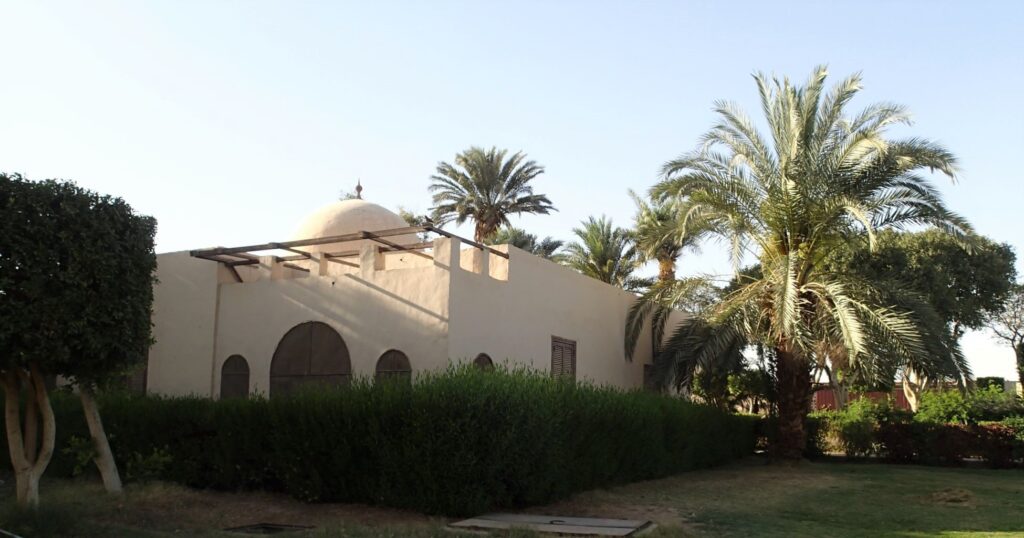
Inside, the house is set up as Carter had it whilst in residence, and apparently the old gear is original. In the early 1900s, It would arguably be hard to find an inhabited place anywhere else on earth that was less like England’s green and pleasant land.
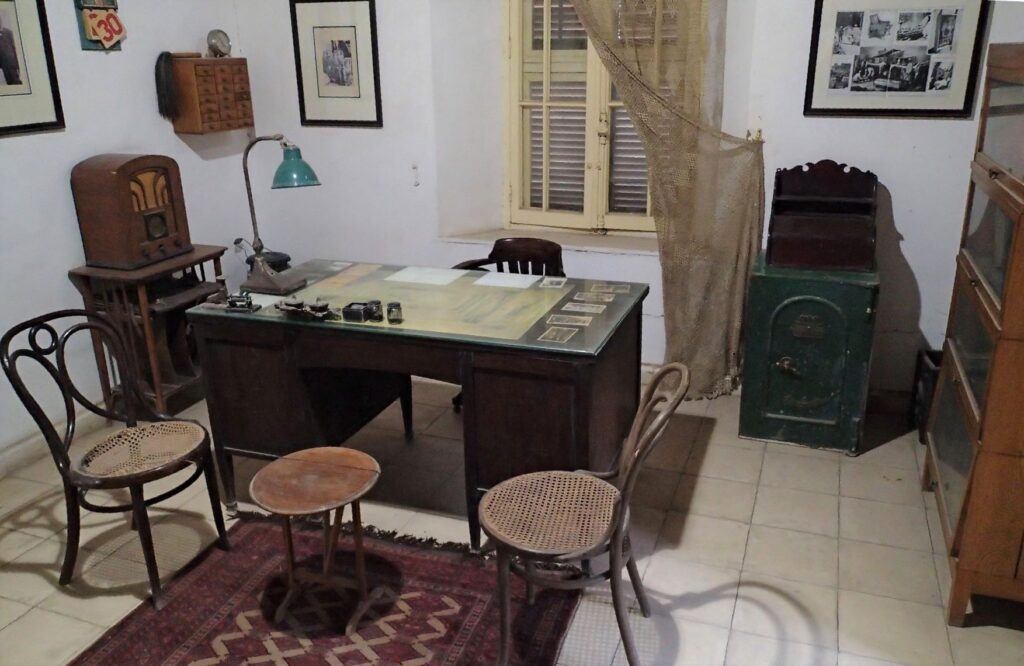
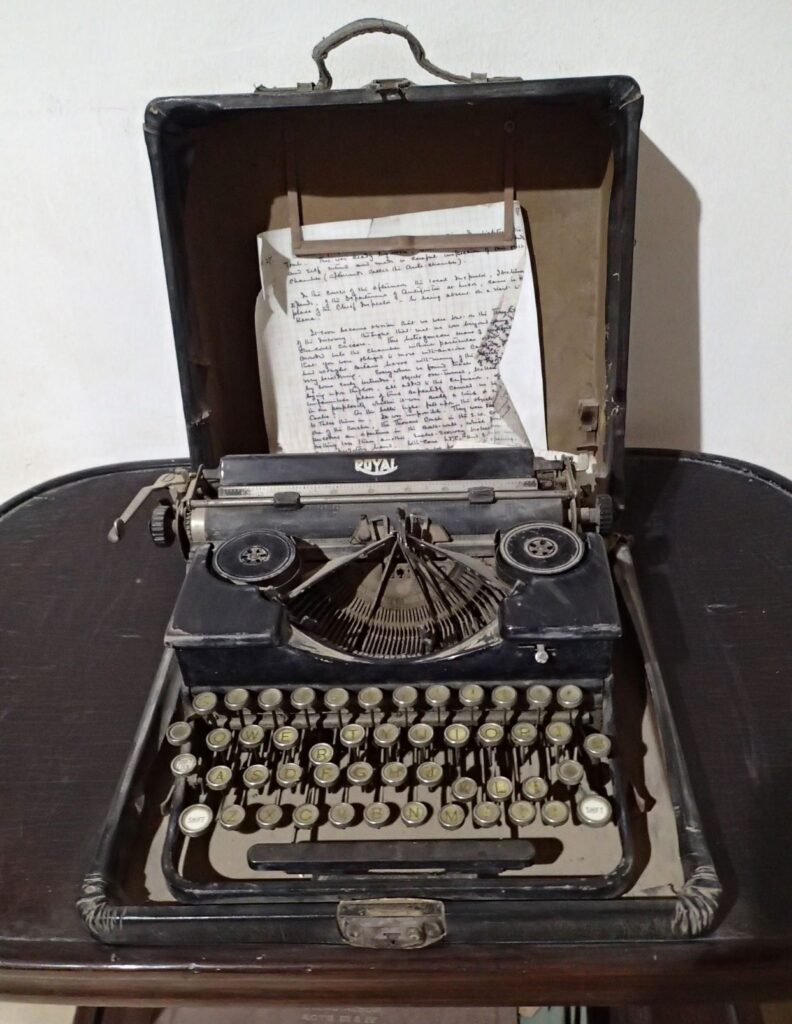
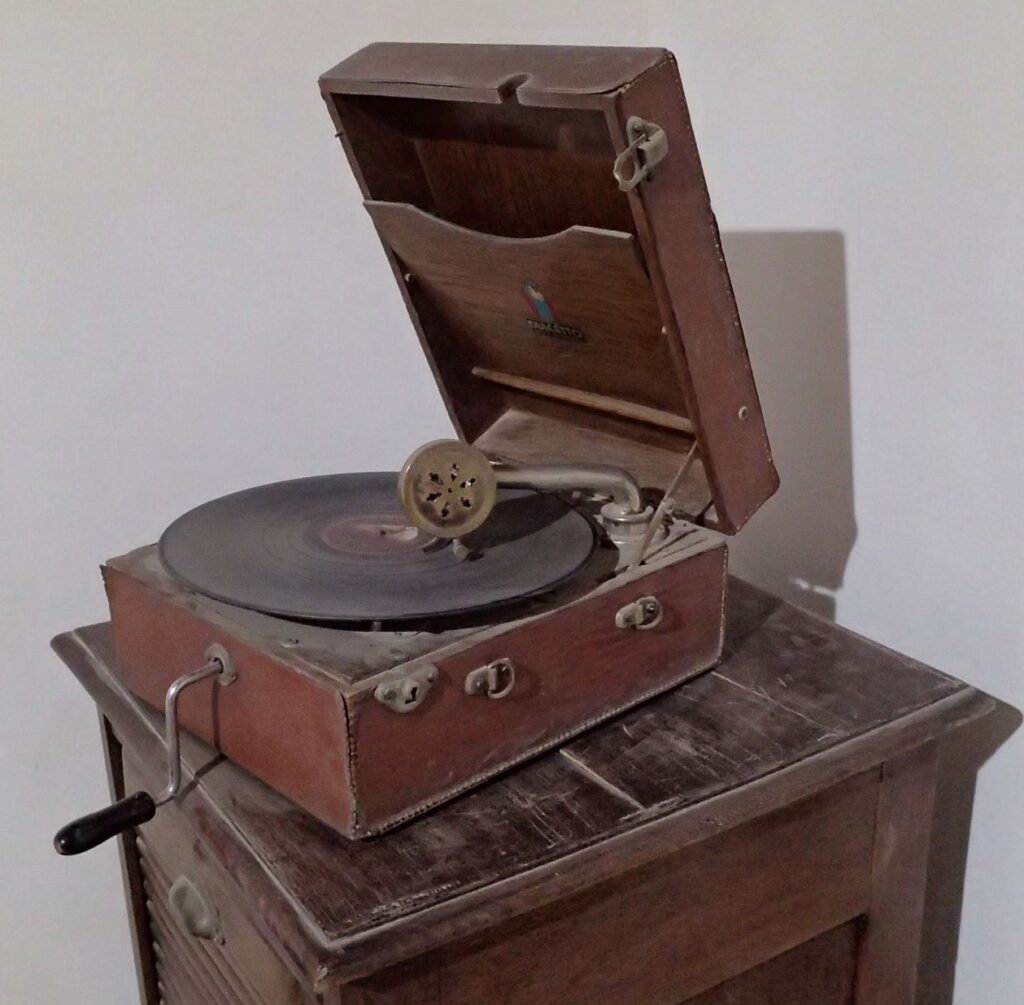
The house was pretty basic, with a ‘camp-style’ kitchen and simple bedrooms. Carter did have a few little luxuries however, like his gramophone. I imagine his records would have been both a comfort and a homesickness trigger. Also on display were copies of notes Carter had made, including his conservation treatment of excavated artefacts.
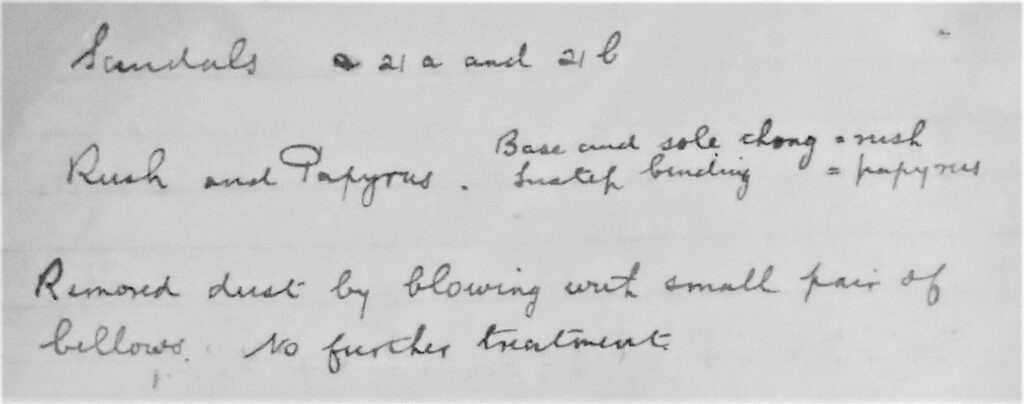
I really enjoyed piecing together more of the Tutankhamun story whilst visiting both his tomb and Carter’s house. History had brought together a young monarch from ancient Egypt and a middle-aged English man, and they would be forever linked after meeting beneath the dust of the Valley of the Kings.
Visit the Egyptian Ministry of Tourism and Antiquities
If you liked this post you may also enjoy Tutankhamun Part I, Inside the Pyramids of Giza
Leave a Reply